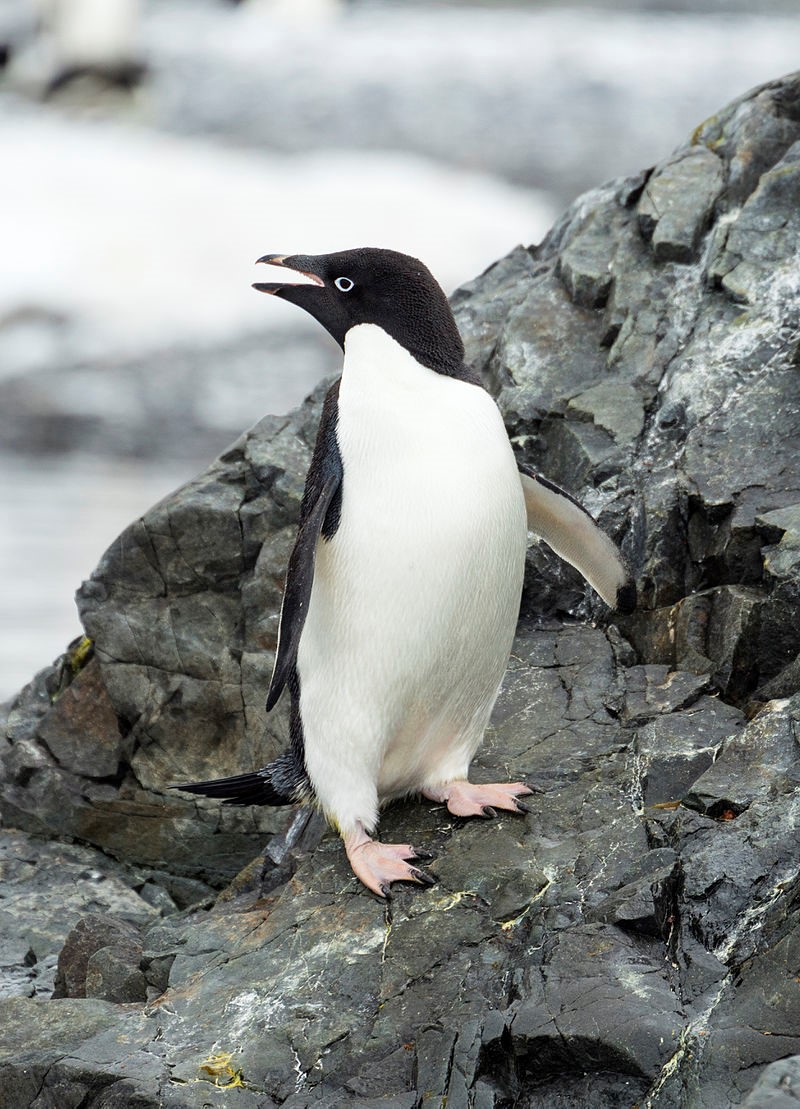Paper: Vermeij, M.J.A., H. DeBey, G. Grimsditch, J. Brown, D. Obura, R. DeLeon, and S.A. Sandin. 2015. Negative effects of gardening damselfish Stegastes planifrons on coral health depend on predator abundance. Marine Ecology Progress Series 528: 289-296. DOI: 10.3354/meps11243

Photo Credit: Rebecca Flynn (yours truly!), British Virgin Islands August 2014. Please request permission before copying or otherwise distributing this photo.
Introduction:
Fish populations in the Caribbean have been declining over the past several decades. Overfishing has been driving predators to ecological extinction (a situation in which the species’ abundance is so low that it no longer fulfills its ecological function). When that occurs, their prey species’ populations increase and other processes or factors become more important in controlling prey abundance (for example, food and shelter). At least, that’s the theory.
Enter the three-spot damselfish (Stegastes planifrons), the star of today’s story (Fig. 1). These reef fish were historically rare in southern Caribbean reefs. They used to hide underneath and between coral branches. However, their populations have grown. These small but incredibly territorial fish modify habitats by farming and guarding patches of algae. To create their gardens, they destroy coral. If their abundances are high, that spells bad news for coral reefs!

This study examined what influences the abundance of the three-spot damselfish in a well-protected marine park (Bonaire National Marine Park—BNMP)(Fig. 2) where predator abundance is still relatively high. The researchers sought to determine what factors best predict their abundance in a relatively healthy reef system (Predators? Habitat availability?).
Methods:
The researchers surveyed the bottom-habitat (or benthos) for the percent covered by major groups of organisms (coral, algae, sponge, etc.) and species of stony corals. They also recorded the presence of coral diseases and damselfish territories. Finally they counted and measured fishes, classifying them by function (herbivore or predator?).

Results:
The scientists discovered that in BNMP, only the abundance of predatory fish were related to the abundance of the three-spot damselfish (Fig. 3). In areas with more predators, there were fewer damselfish. Their abundance was not related to the abundance of their preferred habitat (Fig. 3). Interestingly, where there was an abundance of three-spot damselfish, more corals were affected by disease, mostly yellow blotch disease (Fig. 3).
Significance:
These findings show that in BNMP, predatory fish control the abundance of three-spot damselfish. Previous work has shown that the abundance of its preferred habitat is the control, but these authors suggest there is a “switch” where the importance of one controlling factor overtakes the other. In this case, it seems that where predator abundance is high (such as in Bonaire), predation is the controlling factor, but where predator abundance is low, habitat abundance is the controlling factor (Fig. 4).
Knowing what controls the populations of these fish is important. Increased abundance of these algal gardeners has consequences for the reef community since they sometimes kill coral to create their territories. They also defend that territory against herbivorous fish and urchins thereby accelerating algal proliferation locally.
Through its own behavior and effects on other organisms’ behaviors, these algal gardeners mediate change to the community. Because these damselfish farm more algae than they consume, predator abundance does not control algal dominance in a the manner of a trophic cascade (predator eats prey eats algae), but rather through ‘prey release’. When predators are absent, the prey a released from that pressure, increase in population and then increase algal abundance through their gardening. In addition to killing corals, the authors suggest three-spot damselfish territories facilitate coral diseases. The increase in diseased colonies may be due to increase in turf algae within damselfish territories. That turf algae may harbor bacteria or provide them with food.
These authors highlight the need to consider context and compare results to previous studies. It’s a great example of taking other research and building upon it to answer ecological questions and understand why some phenomena occur in one location but not others.

Thoughts? Share them in the Comments!
I am a graduate of the University of Notre Dame (B.S.) and the University of Rhode Island (M.S.). I now work in southwest Florida, contributing to the management of an estuary. I am fascinated by the wonders of nature, the land-sea interface, ecology and human disturbance (and solutions!). On a personal level, I am a chocoholic, love to travel and be outside, and relax by reading or spending time with my emotionally needy dogs!

